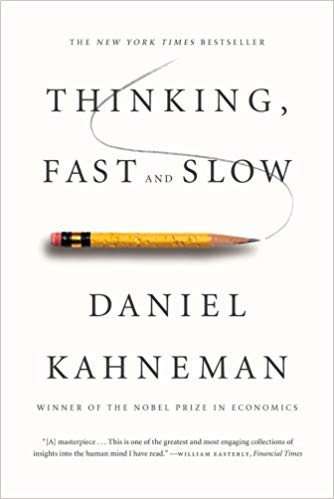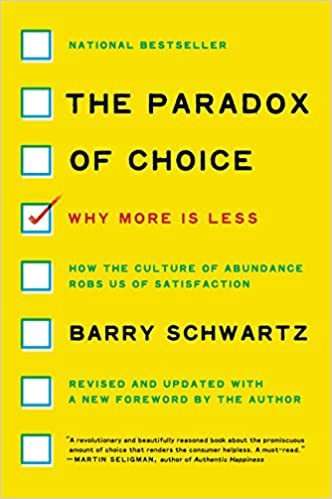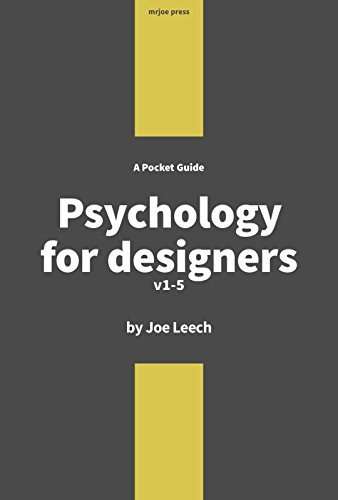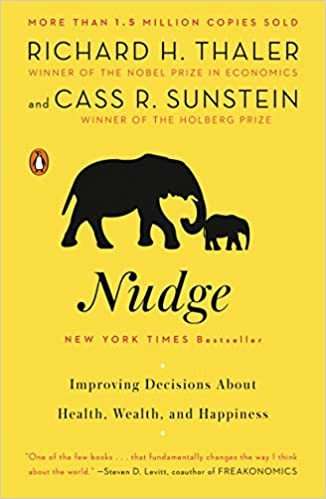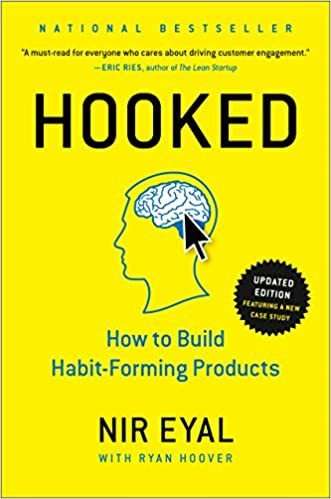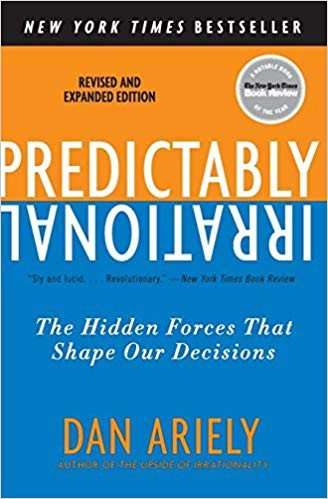Every designer, marketer, and entrepreneur has to understand how people experience their brands. And even though books on experience design are a dime a dozen, only the best teach us how people think. And we can’t create experiences that drive action and persuade users if you don’t understand how they think.
The books below are a great starting place for both new and experienced professionals. And these principles are applicable for designers, marketers, and customer experience managers. Anyone who manages touchpoints, interaction design, or the customer journey itself will find value in these pages.
1. Thinking, Fast and Slow, by Daniel Kahneman
"Thinking is to human as swimming is to cats. They can do it but they prefer not to." - Daniel Kahneman
Nobel laureate Daniel Kahneman's book is a critical, if older read. Although some of the studies he references haven't stood the test of time, it's still worth the read. Kahneman's book covers cognitive bias basics and introduces his famous Dual Process Model of System 1 (fast) and System 2 (slow) thinking.
2. The Paradox of Choice, by Barry Schwartz
“Learning to choose is hard. Learning to choose well is harder. And learning to choose well in a world of unlimited possibilities is harder still, perhaps too hard.” - Barry Schwartz, The Paradox of Choice
In this book, researcher Barry Schwartz explores how people make decisions in a world overcrowded with options. Schwartz introduces the science-backed idea that less choice can make a big impact on everyone’s behavior and happiness.
3. Psychology for Designers, by Joe Leech
“Psychology can make your designs better by providing a design problem with a discrete solution. It can make you a better designer by helping you advocate for your designs.” - Joe Leech
In this tactical guide, Joe Leech walks the reader through the process of researching and applying psychology to design. From the basics of what psychology is, to how to apply specific principles, this is a great end-to-end guide for designers of any level.
🚀 Learn what makes buyers tick
Join 8k+ of world's best marketers from brands like Disney, Coca-Cola, Google who are learning marketing psychology in <5 mins a week.
“Our understanding of human behavior can be improved by appreciating how people systematically go wrong.” - Richard H. Thaler
The book that launched a thousand consultancies, this is an easy read that introduces the concept of “nudging.” It explains how we can arrange the presentation and context of a decision to affect the outcome.
5. Hooked: How to Build Habit-Forming Products, by Nir Eyal
“All humans are motivated to seek pleasure and avoid pain, to seek hope and avoid fear, and finally, to seek social acceptance and avoid rejection.” - Nir Eyal
In Hooked (paid link), author Nir Eyal explores the question, “Why do some products capture our attention, while others flop?” Eyal uncovers the patterns that make certain apps and technologies hook us. These insights form the basis of the author’s “Hook Model”, a four-step process that designers can use to build addictive products.
6. Predictably Irrational: The Hidden Forces That Shape Our Decisions
“We usually think of ourselves as sitting the driver’s seat, with ultimate control over the decisions we made...but, alas, this perception has more to do with our desires...than with reality”
Professor Dan Ariely covers the irrational ways in which people behave, and how we can predict this behavior. From assuming that more expensive products are more effective to exploring the “power of free”, this book is fascinating. Ariely demonstrates how mental shortcuts, biases, and leaps in logic often win over rational thought.
And if you're interested in learning more about behavioral science, be sure to check out my course How to Create Persuasive Experiences.
Please note: this article contains Amazon affiliate links. As an Amazon Associate I earn from qualifying purchases. If you click the link to purchase one of the items, I may receive a small amount of monetary compensation from Amazon at no additional cost to you.

